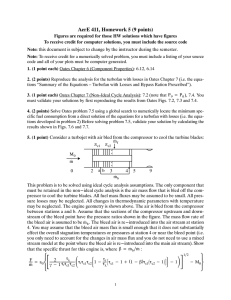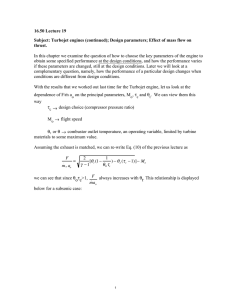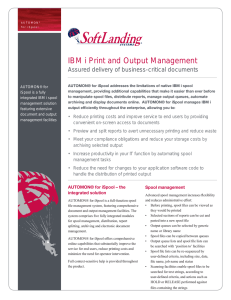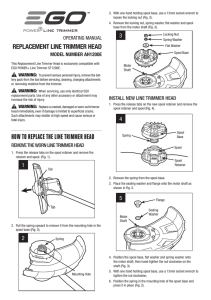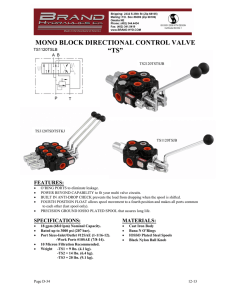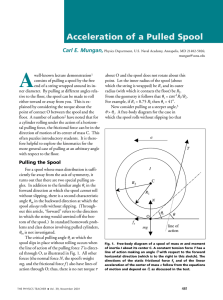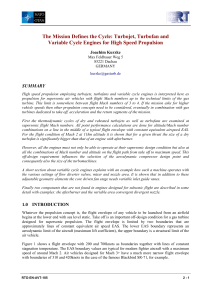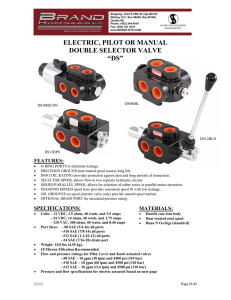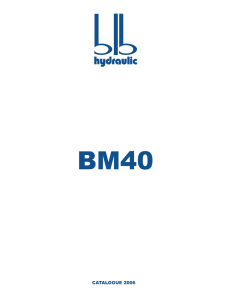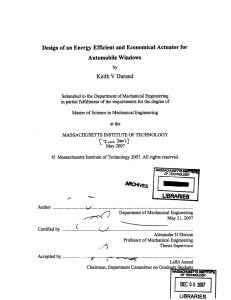AerE 411, Homework 4 (11 points)
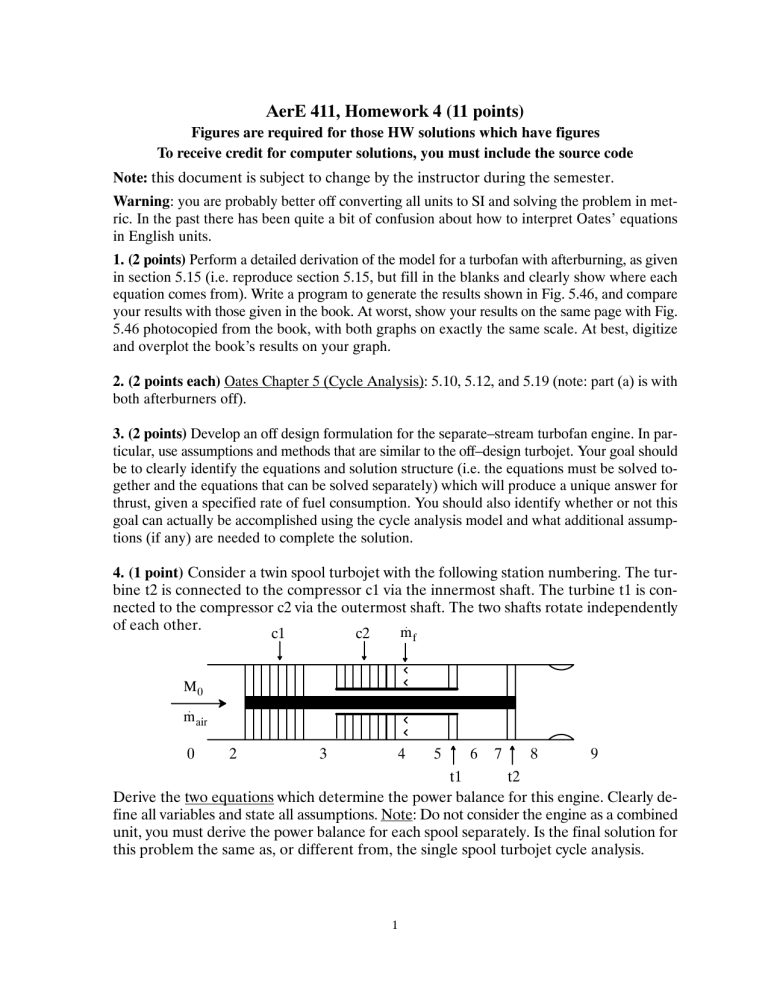
AerE 411, Homework 4 (11 points)
Figures are required for those HW solutions which have figures
To receive credit for computer solutions, you must include the source code
Note: this document is subject to change by the instructor during the semester.
Warning : you are probably better off converting all units to SI and solving the problem in metric. In the past there has been quite a bit of confusion about how to interpret Oates’ equations in English units.
1. (2 points) Perform a detailed derivation of the model for a turbofan with afterburning, as given in section 5.15 (i.e. reproduce section 5.15, but fill in the blanks and clearly show where each equation comes from). Write a program to generate the results shown in Fig. 5.46, and compare your results with those given in the book. At worst, show your results on the same page with Fig.
5.46 photocopied from the book, with both graphs on exactly the same scale. At best, digitize and overplot the book’s results on your graph.
2. (2 points each) Oates Chapter 5 (Cycle Analysis): 5.10, 5.12, and 5.19 (note: part (a) is with both afterburners off).
3. (2 points) Develop an off design formulation for the separate–stream turbofan engine. In particular, use assumptions and methods that are similar to the off–design turbojet. Your goal should be to clearly identify the equations and solution structure (i.e. the equations must be solved together and the equations that can be solved separately) which will produce a unique answer for thrust, given a specified rate of fuel consumption. You should also identify whether or not this goal can actually be accomplished using the cycle analysis model and what additional assumptions (if any) are needed to complete the solution.
4. (1 point) Consider a twin spool turbojet with the following station numbering. The turĆ bine t2 is connected to the compressor c1 via the innermost shaft. The turbine t1 is conĆ nected to the compressor c2 via the outermost shaft. The two shafts rotate independently of each other.
c1 c2 f
M
0 air
0 2 3 4 5 6 7 8 9 t1 t2
Derive the two equations which determine the power balance for this engine. Clearly deĆ fine all variables and state all assumptions. Note: Do not consider the engine as a combined unit, you must derive the power balance for each spool separately. Is the final solution for this problem the same as, or different from, the single spool turbojet cycle analysis.
1


